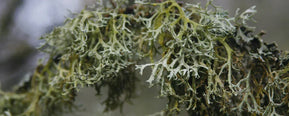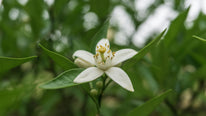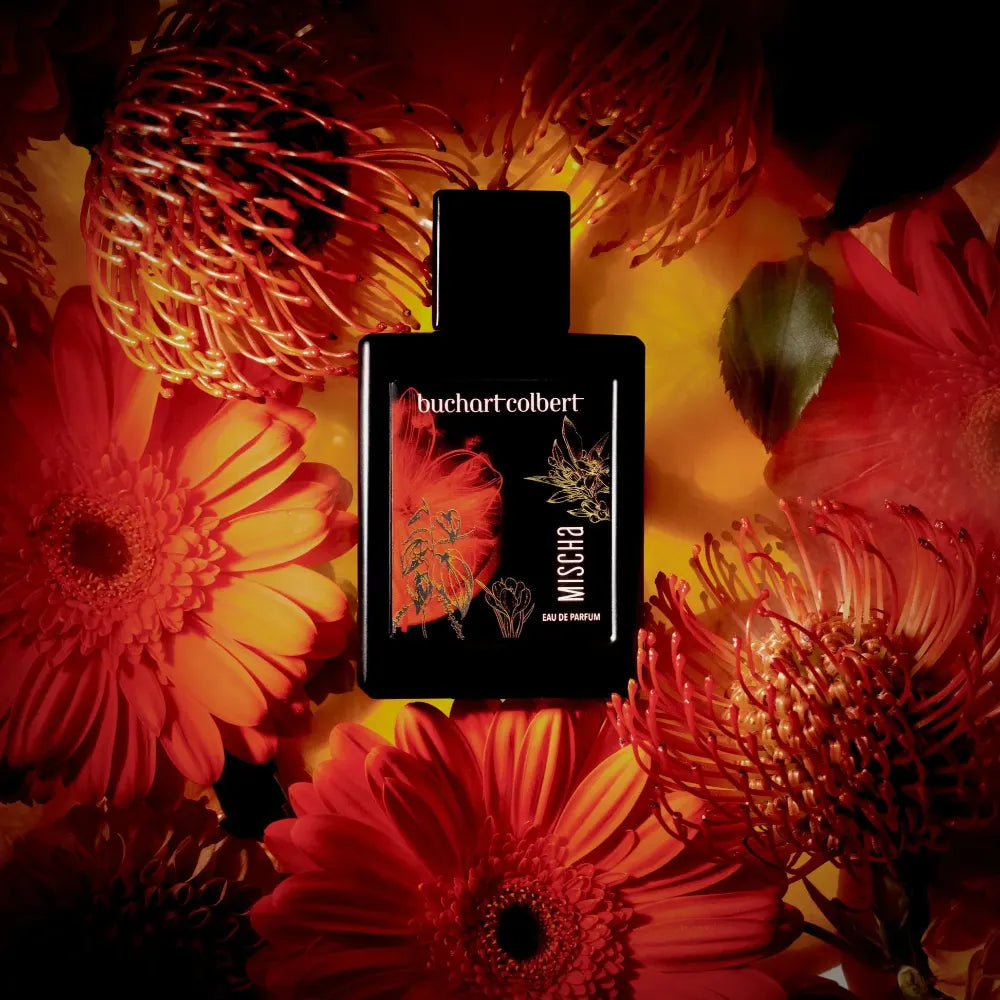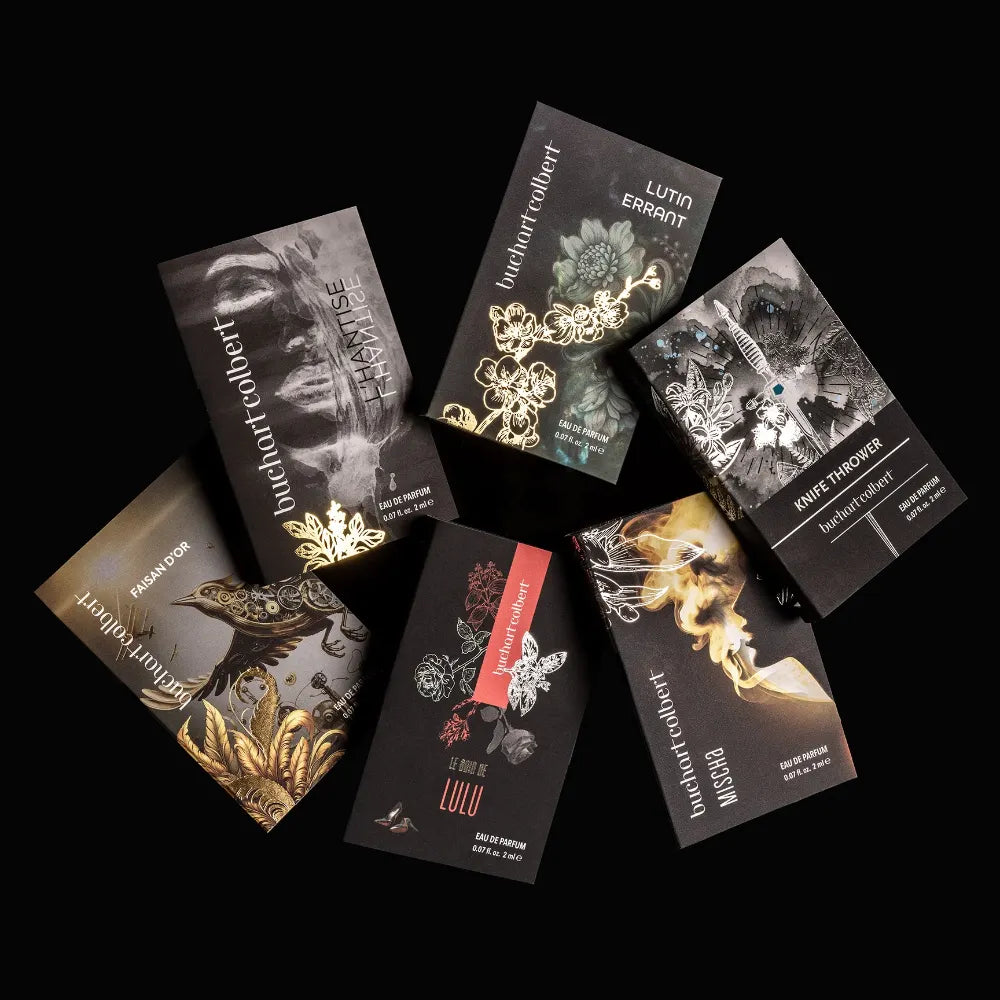Often called “red gold,” saffron is more than the world’s most expensive spice—it is scent, color, and culture distilled into a thread. While its golden hue enriches dishes across continents, its aroma tells a deeper story. What does saffron smell like? Earthy and leathery, yet warm with a honeyed, hay-like sweetness. Its fragrance is both ancient and intimate—used for centuries not just in kitchens but in temples, rituals, and fine fragrances. Today, it remains a coveted note in eau de parfum, prized for its ability to lend both mystery and elegance.
What is Saffron?
Saffron is derived from the vivid crimson stigmas of the Crocus sativus, a delicate flower that blooms only for a few weeks in autumn. Each bloom produces just three fine threads. Harvesting begins before sunrise and often finishes by mid-morning, before the delicate blooms begin to wilt, making the process incredibly time-sensitive and labor-intensive. It takes tens of thousands of flowers to produce even a modest amount of the spice.
Believed to be native to the Mediterranean area, Crocus sativus thrives under full sunlight and well-drained soil. Today, saffron is primarily cultivated in Iran—responsible for around 90% of global production—alongside Spain and northern India. Its history stretches back through millennia: used by ancient Greeks and Romans to scent halls, garments, and even water, saffron was as much a symbol of luxury as it was a practical ingredient.
The word "saffron" comes from the Arabic za’farān, which traces back to the Greek krokom. By the 16th century, English-grown saffron was so valued that it lent its name to the town of Saffron Walden.
Harvested, dried, and treasured for its vivid hue and complex aroma, saffron is not just a spice but a botanical artifact—woven through the histories of medicine, ritual, and fragrance.
What Does Saffron Smell Like?
Saffron carries a scent unlike any other—complex, vivid, and unmistakably refined. While widely known as a luxurious spice in cuisine, its aromatic qualities lend remarkable depth to fragrance, particularly in amber, woody, and chypre compositions. Often blended with amber, vanilla, or rose, saffron enhances eau de parfum with a warm, sensual glow that lingers close to the skin.
So, what does saffron smell like in fragrance? Its profile is shaped by four defining notes: earthy, leathery, musky, and spicy.
- Earthy: Saffron has a rich, earthy scent that immediately connects you to the natural world. It's grounded and deep, but unlike most earthy notes—often found in the base—saffron stands out right away. It’s a bold, forward note that you’ll notice from the very first sniff.
- Leathery: Saffron also carries a distinct leathery quality, often compared to the smell of new leather goods like boots or jackets. It brings a dark, smooth edge to a fragrance. While this leathery note is sometimes described as more traditionally “masculine,” we believe the scent is for everyone—fragrance has no gender.
- Musky: There’s a warm, musky layer to saffron that adds complexity. This musky note often comes with a subtle sweetness—some even detect a honey-like softness that rounds out its deeper tones.
- Spicy: Finally, saffron is unmistakably spicy. This gives it a bit of heat and energy, making it stand out in blends.
It’s rare to find a note that is earthy, spicy, leathery, and musky all at once—and that’s exactly what makes saffron so unique.
Why is Saffron So Expensive?
Saffron is one of the most expensive spices in the world—not because it’s rare but because it takes a lot of time and work to produce.
Saffron comes from the Crocus sativus flower. Each flower blooms for just a few weeks in the fall and must be picked by hand, early in the morning before it wilts. And from each flower, you only get three tiny threads of saffron.
To make just one kilogram of saffron, you need to pick around 75,000 to 150,000 flowers—all by hand. After harvesting, the threads have to be carefully dried and stored with just the right amount of moisture. Since the flowers can’t reproduce on their own, farmers also have to replant the bulbs every year. Because of all this labor, saffron usually costs between $2 to $5 per gram, though premium varieties can be priced even higher. But beyond the price, saffron is valued for what it represents—patience, care, and the beauty of turning effort into something truly special.
What Scents Pair Well With Saffron?
Saffron’s deep, golden character lends itself beautifully to nuanced pairings—blending warmth, spice scent, and softness into fragrances that feel both grounded and ethereal. When composed thoughtfully, it can elevate a scent into something truly unforgettable. In fine fragrance, it often anchors more luminous or tender notes, offering contrast and cohesion in equal measure.
- Rose: Timeless and romantic, rose brings a powdery softness that complements saffron’s dry heat. Together, they form a sensual duet—floral and spiced, soft yet assertive.
- Jasmine: With its rich, indolic profile, jasmine shares saffron’s musky warmth. This pairing creates a heady complexity, where floral intensity meets the leathery glow of saffron—perfect for eau de parfum compositions.
- Bergamot: Bright and zesty, bergamot cuts through saffron’s earthiness with a crisp, citrus lift. The contrast enhances both notes, resulting in a fragrance that feels balanced and modern.
- Strawberry: Fruity and fresh, strawberry adds a bright contrast to saffron’s deeper tones. Its juicy, green sweetness lightens the richness of saffron, resulting in a playful and unexpected pairing that’s full of character.
Whether in classic accords or more experimental blends from indie perfume brands, saffron proves itself versatile—adapting, enriching, and always leaving a lasting impression.
Saffron in Buchart Colbert's Fragrance Collection
Buchart Colbert fragrances are known for their clarity, balance, and thoughtful composition. In this style, the use of saffron in Mischa is intentional and central. It’s not added for decoration—it plays a key role in shaping the scent.
Placed at the heart of the formula, saffron adds a dry warmth that feels spicy, slightly leathery, and subtly resinous. It connects the fresh, floral top notes to the deeper mossy, musky base, giving the scent depth and structure.
Where neroli and citrus bring brightness, saffron brings balance. Elemi builds on this warmth, while geranium adds a green, airy lift.
- Top Notes: Neroli, Black Pepper, Citrus
- Heart Notes: Saffron, Elemi, Geranium
- Base Notes: Moss, Amber, Musk
- Quality: Floral, Citrus, Elegant
This is not a fragrance that rushes to reveal itself. It unfolds with control and grace, guided by saffron’s steady hand. As the scent settles into the skin, moss, amber, and musk leave a finish that is both grounded and ethereal.
The Scent of Saffron
The scent of saffron is truly unique—dry, warm, and gently spicy, with hints of leather and sun-soaked earth. In fine fragrance, few ingredients add emotion and depth as subtly as saffron does.
Buchart Colbert uses saffron with care and precision, letting it develop naturally in each scent—never overpowering, always balanced.
If you’re wondering what saffron smells like when crafted with other high quality perfume ingredients, explore the Buchart Colbert collection and experience it for yourself. Our Sample Discovery Set is the perfect introduction—and with each purchase, you’ll receive a $49 credit toward any 50 mL bottle.
FAQs
1. Does saffron make a fragrance smell strong?
Not necessarily. Saffron is bold, but it can be used with restraint. In well-balanced compositions, it adds richness and texture rather than intensity. It can make a scent feel elevated, warm, or even slightly mysterious.
2. Is saffron considered masculine or feminine in fragrance?
Saffron is gender-neutral. Its warm, spicy, and slightly leathery profile works across a wide range of fragrance types. It appears in both traditional “masculine” and “feminine” perfumes, depending on how it's blended.
3. Is the saffron used in perfume the same as the cooking spice?
Yes, but it’s used differently. In perfumery, high-grade saffron is typically extracted or infused into oil, or recreated using aroma molecules that capture its signature warmth and spice. The source is the same, but the treatment is highly specialized.





